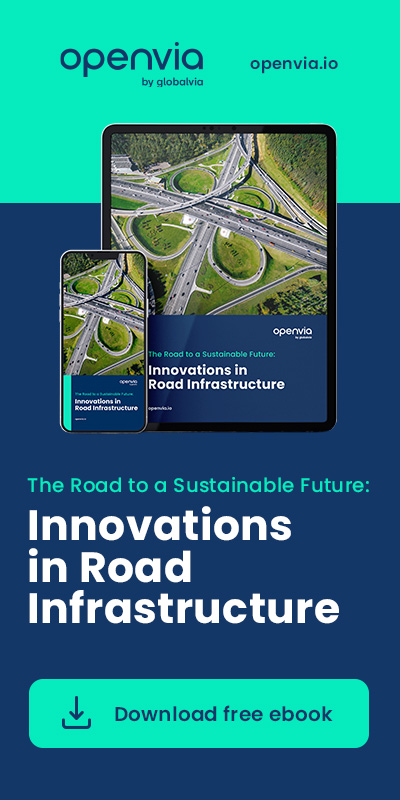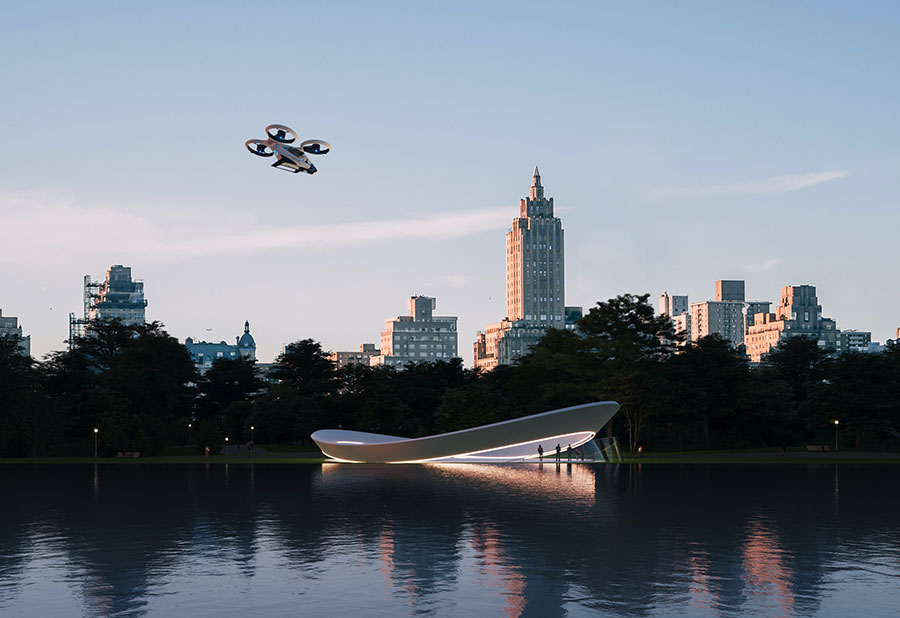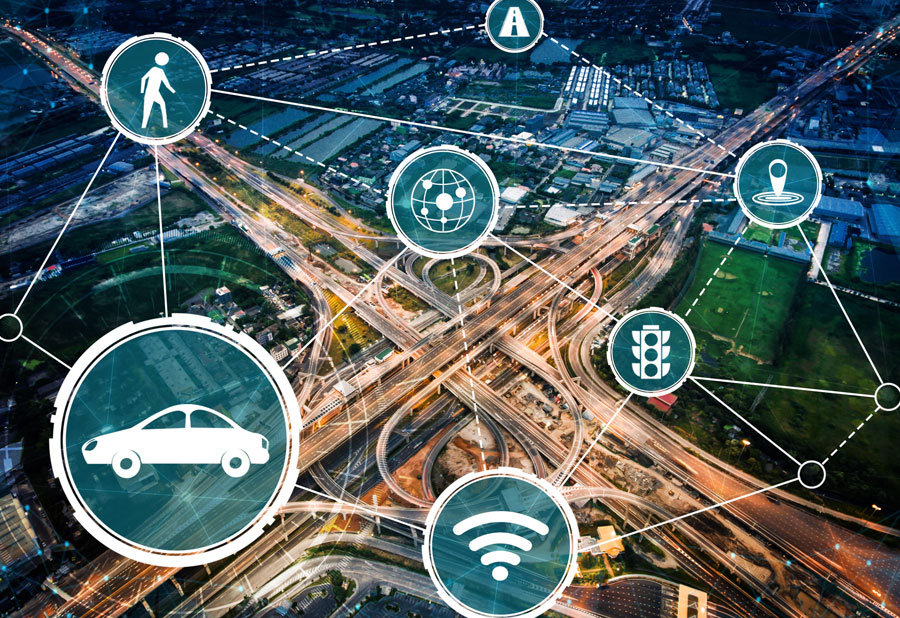On Thursday 21 April, the Spanish Ministry for Ecological Transition and the Demographic Challenge finally published public information on the draft Royal Decree that will regulate the creation of Low Emission Zones (LEZs) in Spanish cities. Although the early deployment of this new paradigm of sustainable mobility met with many detractors and legal obstacles, the Climate Change Law passed in 2021 obliges the 149 municipalities with more than 50,000 inhabitants in the country and the island territories to create such zones by 2023. In fact, dozens of municipalities are already working on their design in collaboration with different actors in the sector.
In order to implement these traffic restriction areas in municipalities throughout the country, the legal text that the government is now presenting with the minimum requirements that must be met by both the new zones that are created and those that have already been established in the past was precisely what was missing. Until now there have been recommendations, but no concrete requirements.
According to the draft Royal Decree, these low emission zones shall:
- Reduce air pollution, noise and gases that cause climate change in cities.
- Be reviewed at least every four years to check their effectiveness.
- To drive modal shift towards more sustainable modes of transport and energy efficiency in the use of transport modes.
On the size of the ZBEs and the impacted population, the text of the Government for Ecological Transition simply stipulates that «it must be significant and sufficient» for the fulfillment of the objectives. As the draft Royal Decree establishes, these traffic restriction zones will be defined and regulated by local entities in their corresponding sustainable mobility ordinances.
This new framework presents major challenges and opportunities for Spanish cities:
Main challenges
Governance Model and Common Management Framework:
- Regulatory and agile framework, municipal ordinances that enable deployment in an agile and simple way.
- Limited national and international experience in the deployment of Low Emission Zones.
- Integration with other existing mobility systems in the municipalities.
- Silos between the different areas of the municipalities: systems, mobility, environment, etc.
- To have data and indicators for reviewing the effectiveness of the EPZ.
- Automated, self-service based operation that does not require multiple operators.
In this sense, there are different opportunities to define an efficient governance and management model: intra-municipal work commissions where the different visions for the articulation of the EPZs are pooled, exploration of previous experiences in other countries to include the lessons learned in the management models to be defined, among others.
Do you want to know more about Mobility and Sustainability?
Low Emission Zone Design – user-centred:
- Data-driven design, modelling, with the ultimate aim of improving the quality of life of citizens (improving air quality).
- Avoiding the border effect.
- Reduce the irrational use of private vehicles without banning them, as it must be an inclusive model that takes into account the needs of users.
Therefore, it will be key for a dynamic design of the EPZs to have cloud solutions that allow the analysis of multiple data sources for a better modelling of the EPZs, to have structured data, such as transits, environmental measurements, etc., and unstructured data such as images, analysis of social networks, etc.
Recruitment framework:
- Rigid, CAPEX-oriented state tendering and contracting.
There are multiple related opportunities such as betting on new cloud models with lower CAPEX (reduction of infrastructure, no need for redundant data centers, etc.) and with greater potential for integration with other mobility platforms in the city, as well as having a flexible management framework to articulate public contracts.
Awareness-raising:
- Internal: train and inspire public workers to easily and successfully deploy ZBEs.
- External: to raise user awareness and give them the necessary tools to progressively adopt the use of EPZs.
As a common thread to respond to these challenges with real opportunities, it is key to work collaboratively. In order to solve complex problems, it is always necessary the collaboration of the different agents of the ecosystem: Central Government, Municipalities, mobility experts, technology providers, citizens and other stakeholders. For this, it is enriching to have working forums where we can share data, so that others can build and contribute on them.

With this vision, we have joined forces with Openvia, the technological and innovation platform of Globalvia, a leader in transportation infrastructure and sustainability; Infinity Neural, specialized in the development of software based on artificial intelligence from image analysis, and Elecnor Sistemas, a developer and builder of infrastructure projects and services, integrating technological solutions. This union aims to provide Spanish municipalities with the Low Emission Zone Management solution. Therefore, ONEZBE is an open and modular solution, with a vocation to be integrated and leveraged on the value of data for better decision making.
The use of predictive and reliable approved technologies will be key when large Spanish municipalities must implement sustainable urban mobility plans as of January 1, as established by the Climate Change Law. Each of these 149 plans will have to have their respective low-emission zones, in which the minimum air quality values set by the European Union will have to be adjusted.
In addition to predicting and testing traffic flows through Deep Learning systems, ONEZBE also provides additional functionalities such as the inclusion of external variables for data prediction, traffic monitoring with the consequent improvement of road safety, traffic simulation and engineering, verification through modeling and simulations of the required environmental objectives and customized advice to ensure the correct application of each ZBE, with assessment of the functional scope and derived costs.
The solution provides exclusive functionalities in the development phase, which allows the design of a tailor-made management and control system, and in the start-up phase, which can include the deployment of vehicle control, the activation of sanctioning regimes or the appropriate awareness and communication campaigns. It is also responsible for maintenance and operations, including verification of objectives through the analysis of key indicators and the necessary environmental modelling and updating.

As a mobility management platform, Openvia will provide a software as a service (SaaS) system that interprets all the processes related to the management of low-emission zones: statistics and reports in real time, management of exemptions and penalties, as well as the establishment of a communication channel between the city council and the citizen, among others. The modularity of the platform will allow flexible management of the different zones in each municipality, as well as the environmental criteria to be applied in each of them. Openvia has a proven track record as an international infrastructure and mobility operator.
Elecnor Sistemas, as an integrator of technological systems and with more than thirty years of experience in video surveillance systems and access control by artificial vision, integrates the different technological solutions, develops and applies the Intelligent Transportation and Urban Mobility Systems (ITS) equipment.
In addition, Infinity Neural – North Point Solution provides advanced technology for detection, counting, analysis and predictions in real time from the analysis of images, data or sounds. It also incorporates the artificial intelligence engine Neural Engine, which is officially approved by the Spanish Meteorological Center.
Visit the ONEZBE website for more information!






